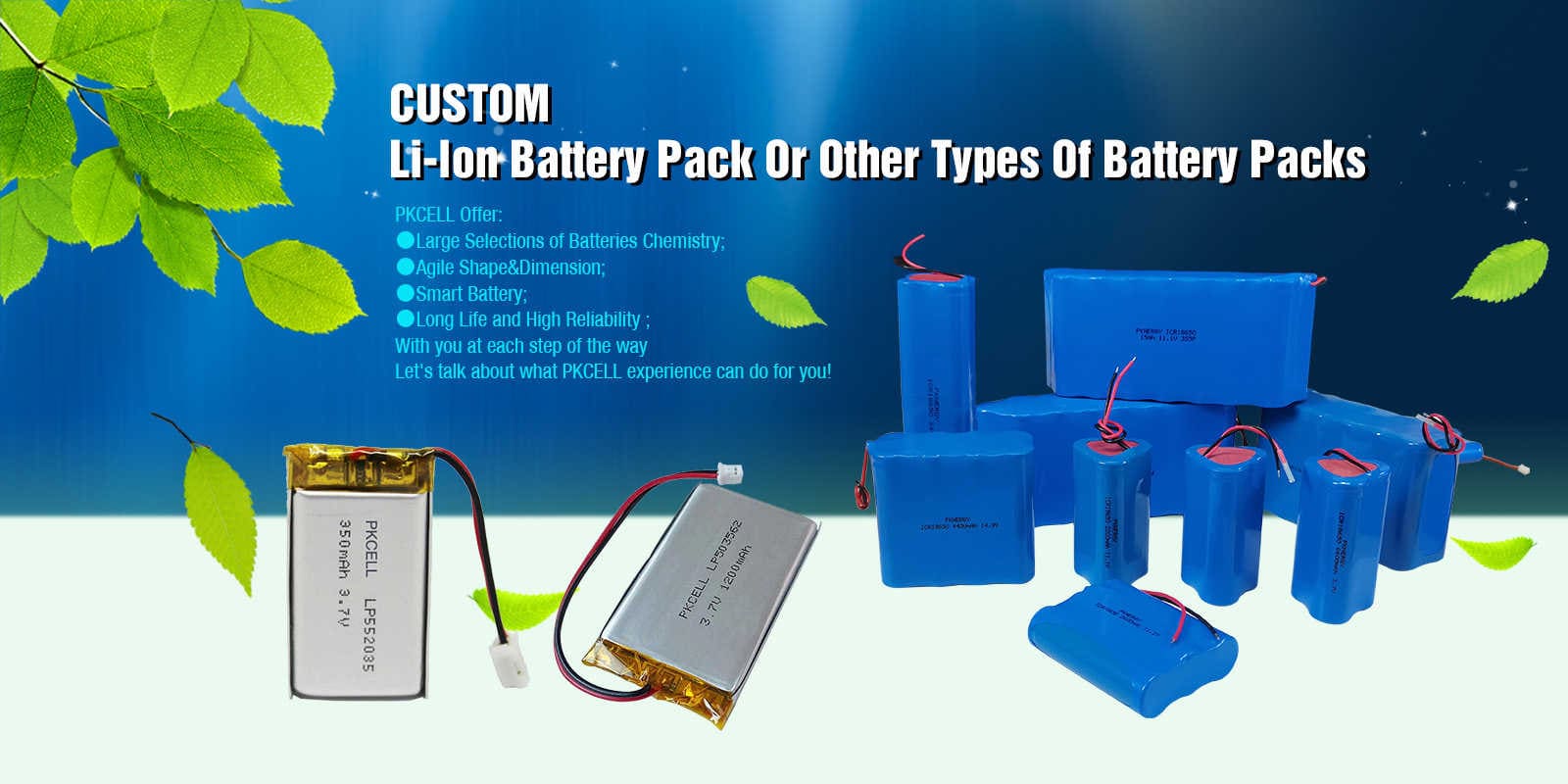What is an 18650 battery?
18650 batteries are a type of rechargeable lithium-ion battery. They are called 18650 batteries because they are approximately 18mm in diameter and 65mm in length, with a cylindrical shape. One of the main reasons that 18650 batteries are popular is because they have a high energy density, meaning they can store a lot of energy in a relatively small and lightweight package. They are also relatively inexpensive and widely available, which makes them a popular choice for a variety of applications.
High energy density: 18650 batteries can store a lot of energy in a relatively small and lightweight package. This makes them ideal for use in portable electronic devices and other applications where size and weight are important considerations.
Long lifespan: 18650 batteries are known for their long lifespan, with some models capable of retaining up to 70% of their original capacity after hundreds of charge-discharge cycles.
High performance: 18650 batteries are capable of delivering high currents and maintaining a stable voltage during discharge, making them suitable for use in high-performance applications.
Wide availability: 18650 batteries are widely available and relatively inexpensive, making them an attractive choice for many different types of devices.
Versatility: 18650 batteries can be used in a wide range of applications, including laptops, power banks, flashlights, electric vehicles, and more.
Environmental benefits: 18650 batteries are rechargeable, which means they can be used multiple times instead of being disposed of after a single use. This can help reduce the environmental impact of electronic devices and other applications.
18650 battery internal structure
An 18650 battery pack is a type of lithium-ion battery that is commonly used in portable electronic devices, electric vehicles, and other applications that require a high-capacity, rechargeable power source. The "18650" designation refers to the battery's size and shape, which are approximately 18mm in diameter and 65mm in length.
The internal structure of an 18650 battery typically consists of several key components:
Anode: The anode is the negative terminal of the battery and is typically made of lithium or graphite.
Cathode: The cathode is the positive terminal of the battery and is typically made of a material such as cobalt oxide or manganese oxide.
Electrolyte: The electrolyte is a conductive solution that allows ions to flow between the anode and cathode. It is typically made of a lithium salt dissolved in an organic solvent.
Separator: The separator is a thin, porous membrane that separates the anode and cathode and prevents the electrodes from coming into contact with each other.
Can: The can is a metal casing that encloses the other components of the battery and provides structural support.
In addition to these components, some 18650 batteries may also include features such as a built-in protection circuit to prevent overcharging or overdischarging, or a temperature sensor to prevent overheating.
18650 batteries are often used in electronic devices such as laptops, power banks, and flashlights, as well as in electric vehicles and other high-performance applications. They are known for their long lifespan and high performance, and are generally considered to be a reliable and cost-effective option for many different types of devices.
Post time: Dec-27-2022




